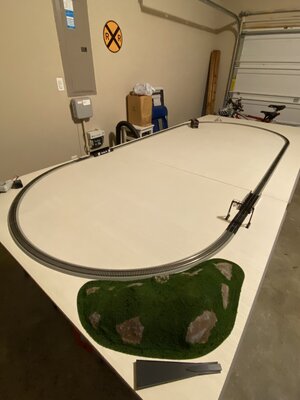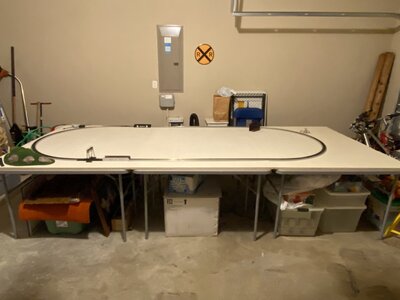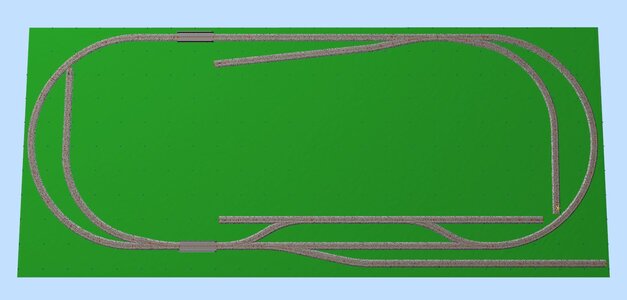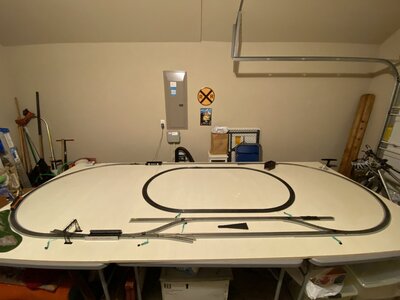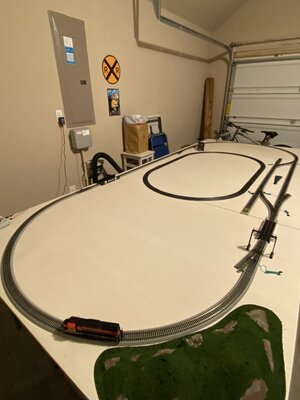NTR: My take on this is a little different. If you are taking power from the DCC bus, besides stealing current for each device, everything you add will load the buss with just a little more capacitance. That *could* cause problems in the long run with slower rise and fall times for the signal. Sooner or later you will be borderline on the specification and things will be wonky. Each device connected has some sort of current draw just to monitor the DCC buss so it/they can do what they need to do when the time comes. For instance, Detection and Signal control needs some bias current to keep the logic alive. Now think about firing a switch machine. Higher current for a short burst stolen from the DCC buss. Even if a CDU is firing the switch machine, it still needs to charge back up afterwards. This all adds to the current necessary to keep all those devices alive which takes away from your DCC and Sound equipped power.
If a power district shuts down because of some sort of DCC problem, you have zero control of the devices in that district. Because you have more devices connected, troubleshooting becomes more and more cumbersome to find out what went sideways. There is no power so you end up un-plugging stuff until the district magically comes alive. Might not matter much on a small(er) railroad but something to consider.
Later

